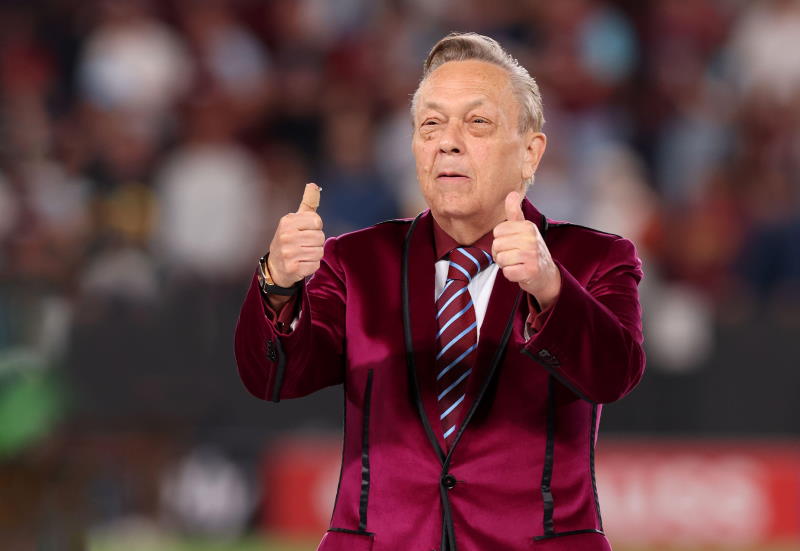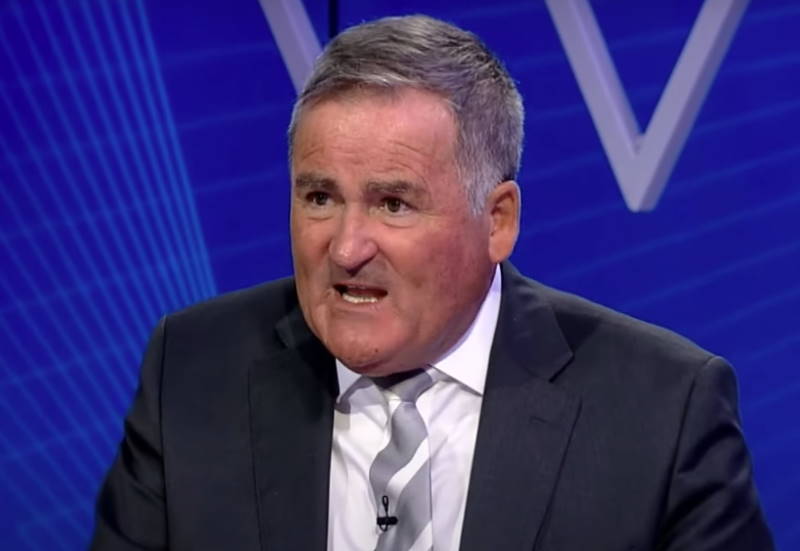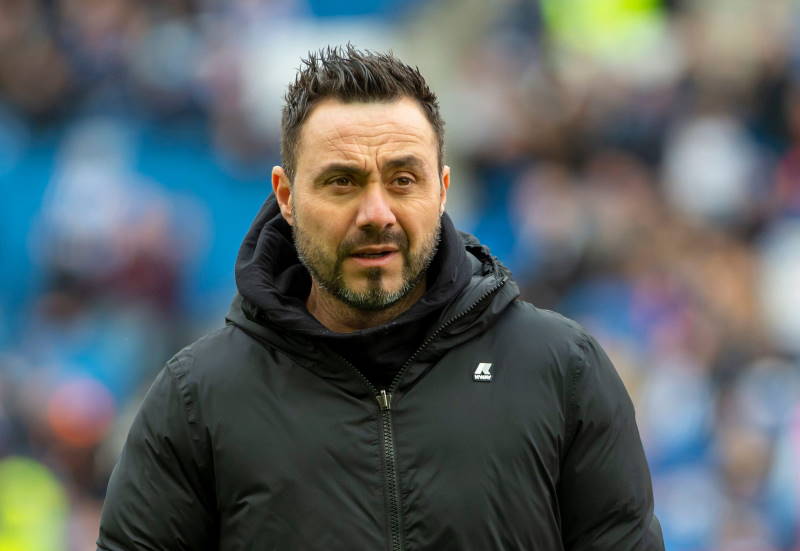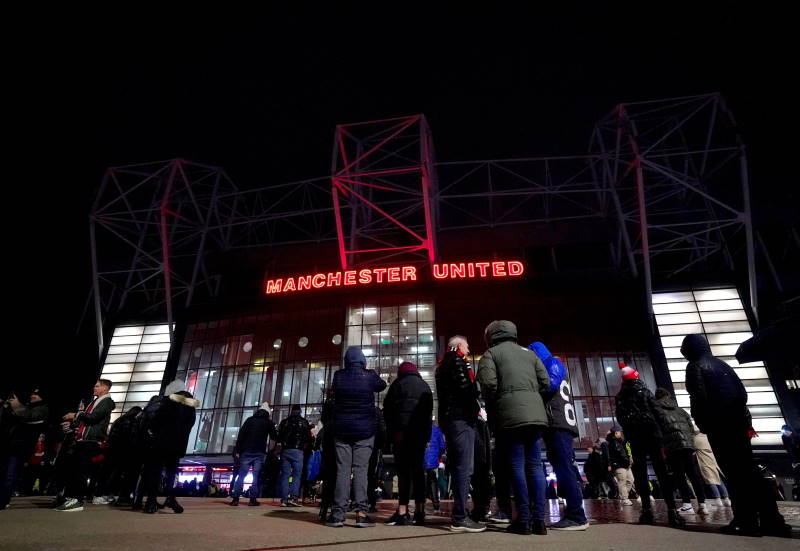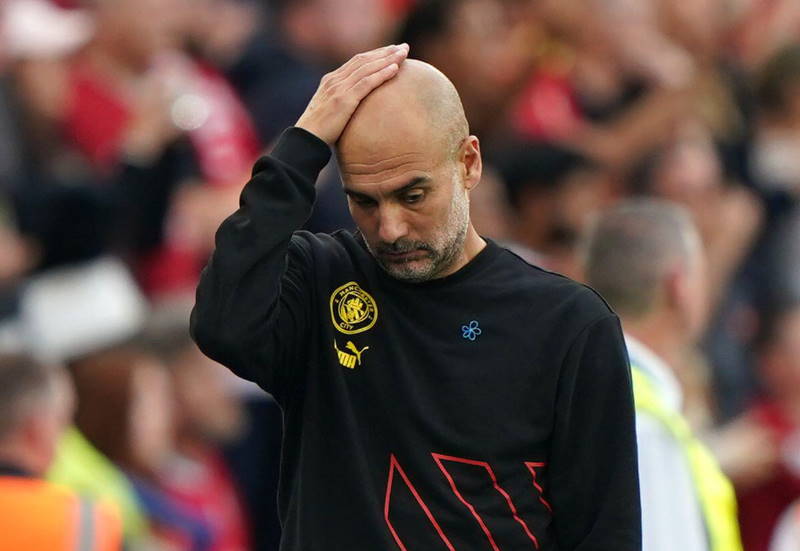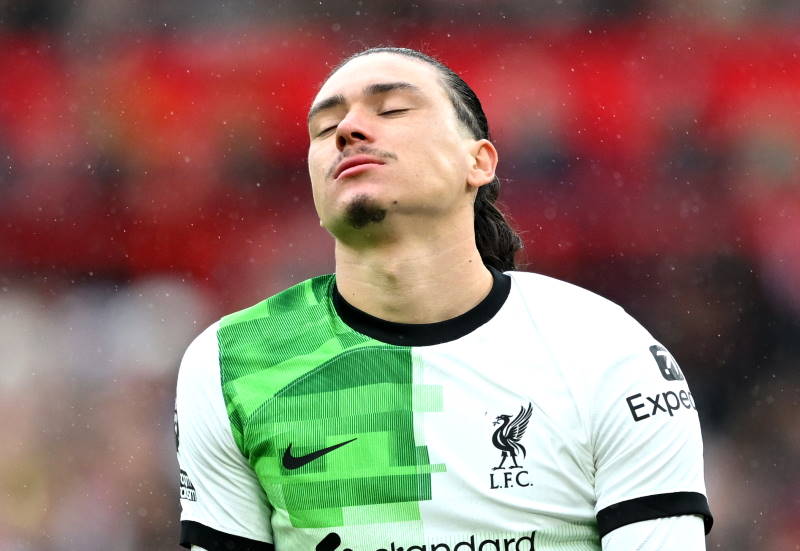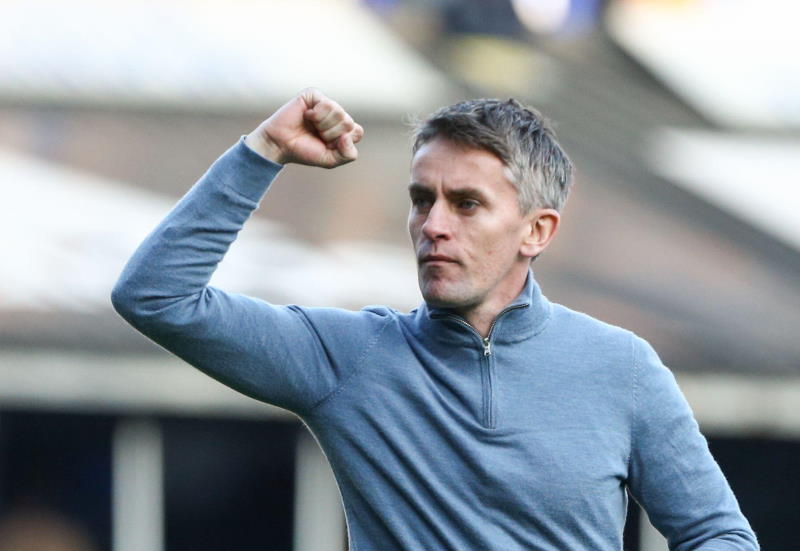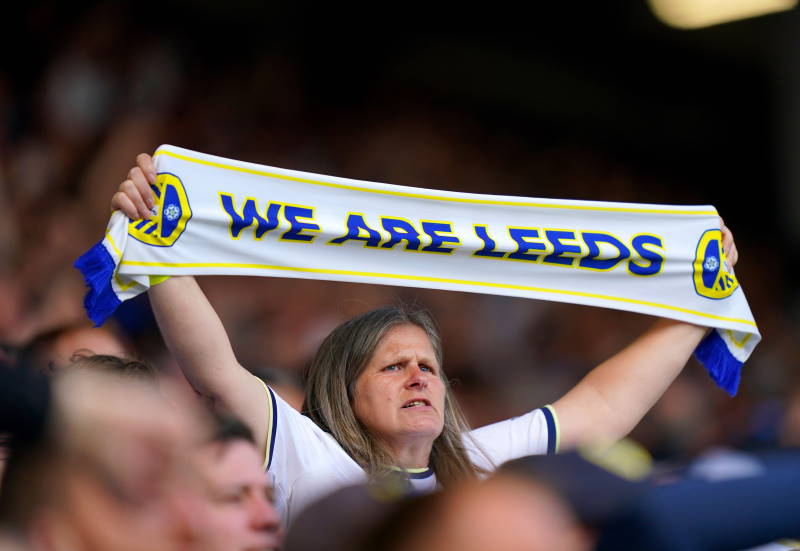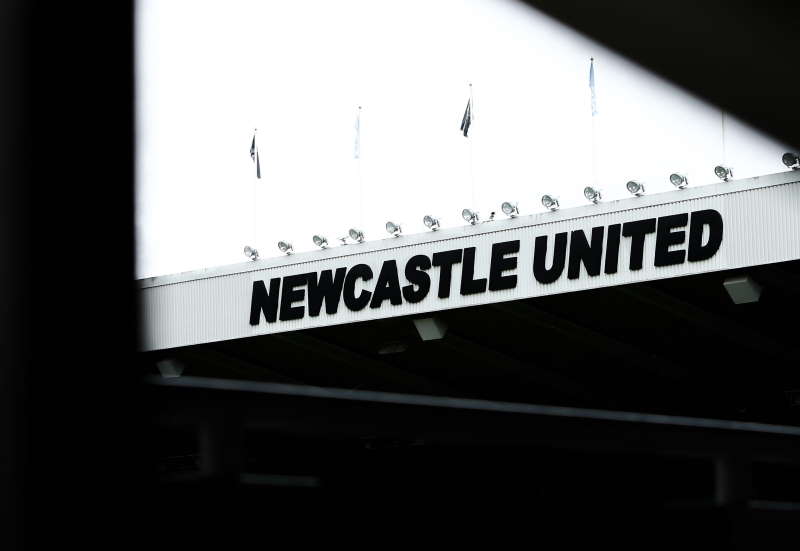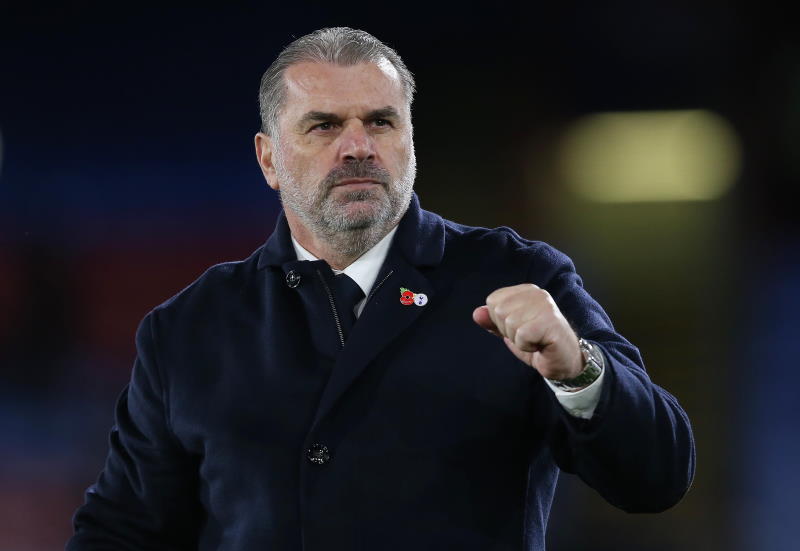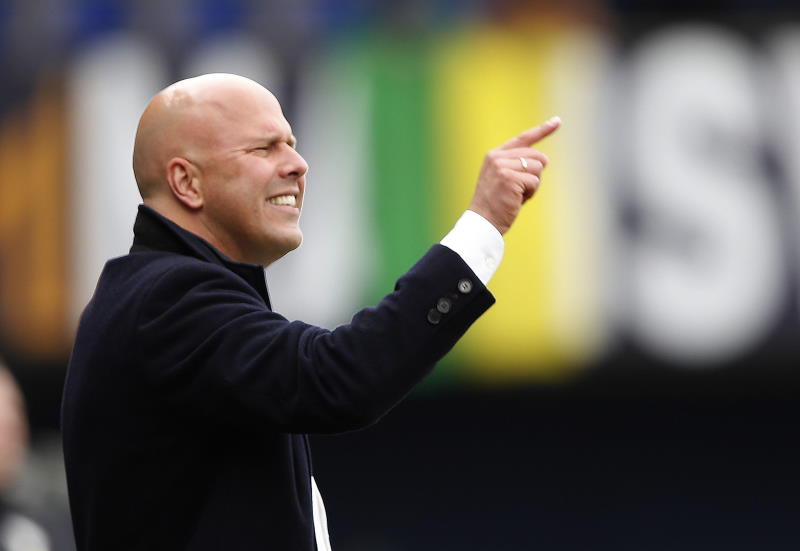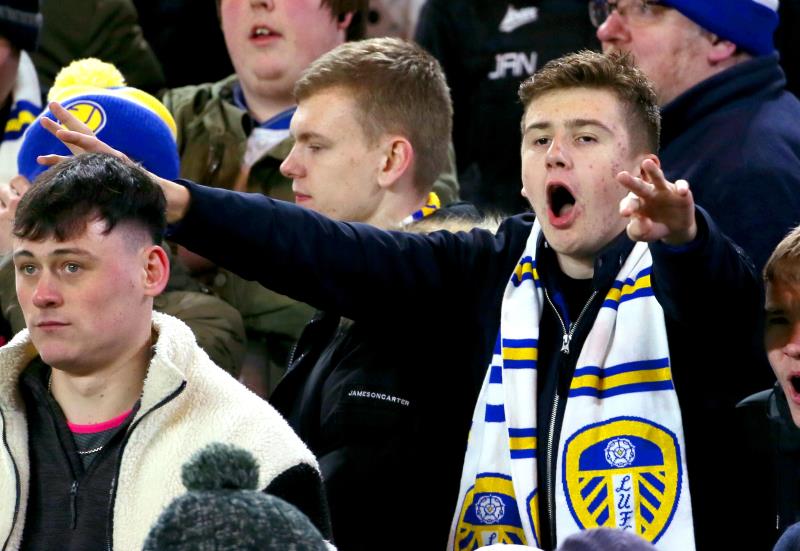
In the second of a new series for Inside Futbol, respected young coach Anthony Hudson will analyse key games and training methods, reporting on his experiences and observations of the professional game. Anthony became the youngest professional football manager in the United States when taking Second Division side Real Maryland FC to the 2009 Playoffs and was nominated for Coach of the Year at just 27 years old. He has written for several coaching publications, holds a UEFA ‘A’ License (English FA) and is currently spending time at Tottenham Hotspur under the watchful eye of Harry Redknapp.
Here Anthony, who was present as Chelsea played Fulham in the Premier League recently, analyses the game and brings us a tactical breakdown of the game and what Fulham could have done to improve their chances against the champions.
Chelsea v Fulham
10th November, 2010
7.45pm Kick Off
Stamford Bridge
Intelligent tactics from Hughes, but could it have been changed sooner?
Fulham’s gameplan was evident immediately in this match; keep it conservative, keep it tight for as long as possible and try and sneak a result. The first three minutes saw the away team not even entering Chelsea’s half at all and as the game went on, they had absolutely no interest in doing so.
Thankfully for the supporters (well, the neutrals) Chelsea went 1-0 up and Fulham were forced to be a little more positive. They had a very similar approach to that of Liverpool’s in the first half of last week’s game (Liverpool beating Chelsea 2-0), whereby once they lost the ball, they dropped into their own half and forced Chelsea’s play inside, stopping them playing forward and stopping them switching play out to the other side (which Chelsea do very well).
The difference is, Liverpool defended with a lot more intensity and most importantly, defended with more (collective) discipline. However, as the game wore on with Carlo Ancelotti making his predictable ‘like for like’ substitutions, credit has to go to the Fulham manager Mark Hughes, who made some fantastic changes to both personnel and tactics, really putting Chelsea under pressure. Although, if I was Mark Hughes, seeing my side finish the way they did; I can’t help but think that I’d have wished I made those changes to my team a little sooner.
 Line-ups:
Line-ups:
Chelsea (Blue):
1. Cech 2. Ivanovic 26. Terry (captain)
17. Boswingwa 3. Cole 12. Mikel
18. Zhirkov 7. Essien 15. Malouda
21. Kalou 11. Drogba
Fulham (White):
1. Schwarzer 2. Kelly 18. Hughes
5. Hangeland 28. Briggs 29. Davies
16. Duff 13. Murphy (captain) 20. Etuhu
23. Dempsey 30. Dembele
Defending Deep
Like a lot of top teams now, both domestic and international (such as during the World Cup in South Africa), Chelsea are very happy to ‘let teams have the ball in their own half’. If Chelsea can’t win it back immediately or don’t have good numbers behind the ball, they won’t go flying round the pitch trying to regain it from the opposition. They are happy to sit deep in their half, keeping the play in front of them. This suits and works for Chelsea for a few reasons, but most importantly when they win the ball they get forward very quickly either to break on a team or to allow themselves to play out and play football. Whatever option they choose, the opposition have to respect (and defend) it as they have pace and quality on the ball, as shown in graphics a and b.
a) Chelsea lose ball and can’t win it back – so they drop and get into shape.

b) As soon as they win the ball – they make the pitch as big as possible – as quickly as possible. The full backs get very high, forward pushes up, wide forwards high and inside, midfield push up and get on the outside shoulder of opposition midfield, and centre backs split.

The problem in the first half with Fulham defending deep, was that every time they won possession of the ball, they never had a target or an ‘out’ for themselves, which resulted in Hughes’s team giving the ball straight back to Chelsea. There are three main reasons why this happened:
1. Forward Moussa Dembele didn’t (or couldn’t at times) get across quick enough to make himself available. Several times Matthew Briggs and Stephen Kelly won the ball in the full back areas, got their heads up and had nothing to hit.
2. They allowed Chelsea to move the ball across the pitch far too easy. This made it even harder for their centre forward to show for it.
3. None of their players got forward and supported the front man.
4. Or maybe they just didn’t want possession of the ball in the first half?
There were a few occasions when Dembele received the ball, turned and ran at Chelsea, but had no support. At one stage the Belgian ran with the ball and remarkably it was seven (Chelsea) vs one (Dembele).
At this point it is worth remembering the Liverpool game the previous weekend. In the first half Liverpool did a fantastic job of stopping Chelsea playing and most importantly, stopped them from shifting the ball out to their wide players (that’s their full backs). How many times did a Chelsea midfielder turn away from pressure and look to play it out the other side, only to find a Liverpool shirt in his face stopping him? Every time. The Anfield side defended with intensity, with numbers and most importantly with discipline – in the first half – Marking players the right side, getting on the correct shoulder, getting close to them quickly, forcing play a certain way and doing it together.
The Goal
The game changed when Chelsea scored; Michael Essien marking his return with a header in the box. Dickson Etuhu was to blame with some casual defending, his body positioning wrong, not able to see and allowing Essien get across him. Possibly young Briggs (making his debut) could have done better just outside him, but it was a good performance from the young defender overall. However, the problem started high up the pitch. This is what happens when one person is not doing their job. Fulham stayed high up the pitch and decided to go and press Chelsea and did well until it was switched out to Jose Bosingwa. Damien Duff switched off (had his back to the ball) and gave the Chelsea right back space to exploit with the Fulham team completely stretched. Briggs is now exposed, gets caught the wrong side and gives away a free kick deep in their half. Result? 1-0 down. And where did it start from?
Clint Dempsey almost played as a defensive midfielder in the first half and that’s not one of his strengths. Too many times runners weren’t picked up and Chelsea found it too easy to play. At one stage, down in Fulham’s right hand corner, Yuri Zhirkov had four Fulham players around him. He managed, with ease, to play a square pass inside, which resulted in a cross and Salomon Kalou should have made it 2-0. Remember Liverpool? That did not happen.
Half Time – Focus Areas (Fulham)
The score could quite easily have been 3-0 or 4-0 at half time and with Fulham playing a very poor 45 minutes of football, attention needed to be focused on the 1-0 scoreline. They are still in the game, in with a great chance, and they haven’t even played anywhere near to their potential.
1. Stop them turning out of pressure. Keep them down one side of the pitch. They’re playing it across the pitch too easy and opening us up.
2. Dembele – We need an out. When our full backs win the ball and get their heads up, they need to see you arriving down the line for him to hit. Hold the ball up for us. Be patient, be strong, wait for support, and don’t keep turning into pressure. Help take pressure off the team.
3. Get up and support the striker. Pick and choose your moments. We can still be fairly conservative, but we need to get support up there, and quickly.
4. Brede Hangeland – don’t hesitate in going with Didier Drogba. Either go or stay, but don’t get caught in ‘no man’s land’. (Drogba dropped off him a couple of times to receive the ball and Hangeland wasn’t sure whether to stay or go and ended up doing neither. Drogba turns and faces him with the ball, that’s a danger.)
5. Centre backs – don’t be afraid of driving forward with the ball if nothing is on. They’ve got good shape and if you can’t find a midfielder’s feet, start pushing forward, they have to engage you, and something will open up. And let’s recognise that; nearest/closest man, just cover for him as he goes.
6. Midfielders, when they win the ball, their midfield are just moving away, off your outside shoulder. Then they’ll come off and try and find that space in behind you. Keep an eye and listen to the shout from behind you, and let’s try and screen those passes as much as possible.
The Changes
Fulham looked at their best and most effective when, on 60 minutes, Andrew Johnson came on for Etuhu and later (on 78 minutes) Zoltan Gera came on for Briggs.
With Johnson and Dembele partnering up front in a 4-4-2, with Duff at left back, Gera out wide on the right, Dempsey out on the left (both coming inside off the line) and Murphy and Davies in the middle, they caused Chelsea some real problems.
The good thing about Andrew Johnson is his pace and the type of runs he makes. If there was just a little bit more quality on the final pass, he could have found himself in behind and on goal quite a few times. See diagram:

No. 8 Andrew Johnson made some great runs in behind and
caused John Terry and Branislav Ivanovic some real problems. If only for a little more
quality on the pass (uncharacteristically from Danny Murphy a
few crucial times with under-hit passes), they would have found
themselves in goal scoring positions.
Fulham created some good opportunities with their new shape and attitude. With Johnson starting to stretch Chelsea’s defence by making some good, positive runs in behind, it left space available in front (for Dempsey and Gera) and possibly the best play of the game came from a Zoltan Gera volley. Johnson looked to get it in behind, Terry beat him to the ball in the air, but his header fell to Gera who came off the line and was not picked up by Ashely Cole. Great effort on goal!
Simon Davies and Murphy looked a lot more composed in the middle together and were able to pass the ball well, unlike in the first half when it seemed Etuhu and Murphy got in each other’s way at times. Duff looked good at left back, defensively anyway, using his pace to deal with Bosingwa. However, I would have liked to have seen him join in the attack a little more, which is what I thought Mark Hughes was possibly wanting, but he didn’t go. He faced his own goal more than theirs in the last 10 minutes of the game and that’s not the type of player in your team that you want facing the wrong way. Maybe a little more time was needed with the new look?
Final score: 1-0 to Chelsea
Conclusion
Although the score could easily have been 1-1, it could also have been 4-0 to Chelsea. Fulham’s second half performance would suggest that they have something to really look forward to this season. You always look for leaders on the pitch and although Danny Murphy didn’t have his best game with regard to his passing, he was a noticeable captain, always talking and bossing and a great example was seeing him scream at Hangeland to get up front for a free kick late in the game. Another leader is John Terry; it is often said so much about how strong he is at winning tackles and headers, but at times it is easy to overlook how good a passer he is. Against Fulham he did things simply on the ball, but one pass in particular he played was magnificent; driven about 35 yards in between a group of bodies and straight into Drogba’s feet. From a centre back, that’s quality!
Final Thought
For a West London derby, the atmosphere at Stamford Bridge was more like an encounter with a Championship team than a Premier League rival. Has the gulf in quality (or perceived quality) got that big that it has lost a touch of its meaning, or have the type of supporters, with their high expectations at Chelsea, changed and lost that sense of passion?

